Svata Hora shrine
(Holy Mountain or Holy Hill)
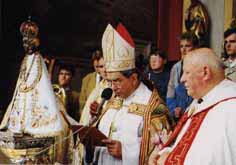 In 1665, Bohuslav Balbin, a historian of Bohemia, published a
book on Svata Hora written in Latin. One of the illustrations of this book is an engraving
by M. Küssel, representing the most ancient depiction of Pribram. It would be hard indeed
to recognize in it the present town of forty thousand. A tiny chapel looms above a
diminutive and ugly borough bearing the traces of devastation of the Thirty years' war.
Though Svata Hora was renowned in Balbin’s times, it still awaited its grandiose
rebuilding. Bohuslav Balbin, who saw the chapel in its original form, assumed on grounds
of the appearance of its bells and of paintings of miners on its walls that it was very
old. The chapel is likely to have been built in the 14th century when Pribram belonged to
the bishops of Prague who later became archbishops. Though the Pribram population embraced
the Hussite cause in the 15th century, the chapel suffered no adversities. In 1665, Bohuslav Balbin, a historian of Bohemia, published a
book on Svata Hora written in Latin. One of the illustrations of this book is an engraving
by M. Küssel, representing the most ancient depiction of Pribram. It would be hard indeed
to recognize in it the present town of forty thousand. A tiny chapel looms above a
diminutive and ugly borough bearing the traces of devastation of the Thirty years' war.
Though Svata Hora was renowned in Balbin’s times, it still awaited its grandiose
rebuilding. Bohuslav Balbin, who saw the chapel in its original form, assumed on grounds
of the appearance of its bells and of paintings of miners on its walls that it was very
old. The chapel is likely to have been built in the 14th century when Pribram belonged to
the bishops of Prague who later became archbishops. Though the Pribram population embraced
the Hussite cause in the 15th century, the chapel suffered no adversities.
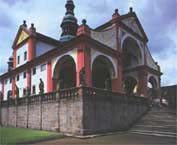 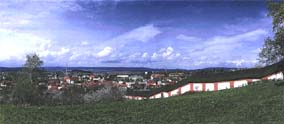
A major breakthrough in the destiny of Svata Hora, however, came about in the half of
17th century. On the emperor's orders, the Jesuits, experts in propaganda efficiency, took
over the chapel administration in 1647. The Baroque appreciation of mystic excitement and
miracles of every kind launched the shrine of Virgin Mary to the highest position among
all the pilgrimage centers of Bohemia. Most of the second half of the 17th century was
occupied by a fundamental rebuilding of Svata Hora according to the plans of Italian
architects. The original simple church completely changed its appearance, having been
enclosed by a cloister with four corner chapels.
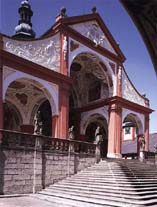 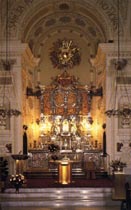 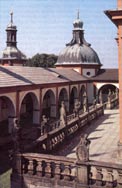 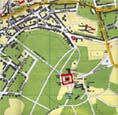
The present shape of Svata Hora dates from the beginning of the 18th
century. A balustrade with statues of saints, four staircases descending from the terrace
into a cloister, two impressive gates and a priceless stucco decoration of the
ceilings…. Svata Hora is by far the most beautiful architectural monument of Pribram.
This structure incorporates a unique component: a long and roofed staircase connecting it
to the town. This staircase was built in 1658 with funds provided by a pious nobleman.
Since then it fell into disrepair and was renewed several times.
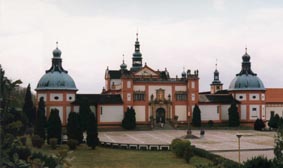 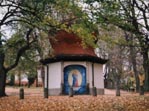
On 22 June 1732, the third Sunday after the feast of the Holy Spirit, the Svata Hora
statuette was solemnly crowned; this event has been commemorated annually ever since then.
This is the greatest Svata Hora feast of the whole ecclesiastical year. The glory of the
pilgrimage center was somewhat dimmed in 1773 when the Jesuit order was abolished and
Svata Hora became a mere residence of secular provosts. A certain renewal was brought
about in 1861 when new regular administrators, the Redemptorists, were appointed. In the
Communist dictate period of 1950-1989, the Redemptorists were exiled from here and normal
life returned to Svatá-Hora only in 1990. For practicing Catholics, Svata Hora is the
ultimate goal of joyous pilgrimages and a source of spiritual consolation; for
connoisseurs and lovers of art and its beauty it represents an architectural treasure and
an unusually impressive and harmonious dominant feature of the local landscape.
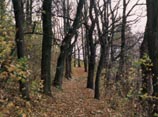 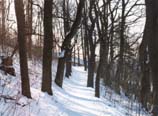 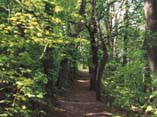
|

